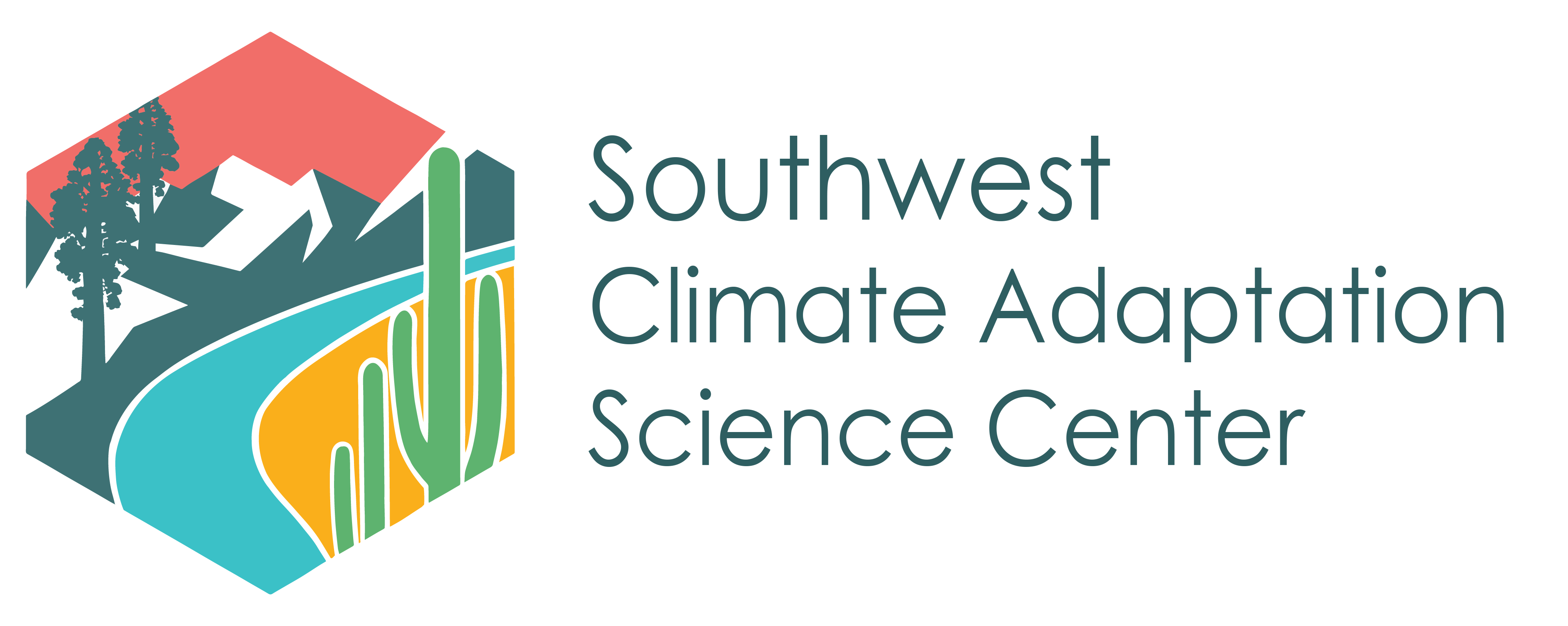Podcasts
Come Rain or Shine
The Come Rain or Shine podcast is produced by the SW Climate Adaptation Science Center (SW CASC), Ecoimpact Solutions and New Mexico State University. Each month, we highlight stories to share the most recent advances in climate science, weather, and climate adaptation and innovative practices to support resilient landscapes and communities. We believe that sharing some of the most innovative, forward-thinking and creative climate science and adaptation solutions will strengthen our collective ability to respond to even the most challenging impacts of climate variability in one of the hottest and driest regions of the world. Episodes will typically be published on the first Wednesday of every month. Sign-up for the podcast here.
If you would like more information, have any questions for the speakers, would like to suggest a topic or guest, or would like to offer feedback, please contact Sarah LeRoy at sleroy@usgs.gov or Lauren White at laurenmwhite@arizona.edu.
Funding for the podcast comes from the U.S. Geological Survey, Ecoimpact Solutions and New Mexico State University.
Follow the Come Rain or Shine podcast on LinkedIn and X.
Get the RSS feed here.
Intentional Fire: Karuk Tribe/SWCASC
The Intentional Fire podcast is a collaborative effort between the Karuk Tribe, Department of Natural Resources and the Southwest Climate Adaptation Science Center. The podcast records stories and perspectives related to cultural and prescribed burning and builds off of a recent report called Good Fire. The report, commissioned by the Karuk Tribe, describes the barriers to intentional burning and identifies potential solutions. This podcast gives voice to those impacted by fire suppression and fire exclusion and is an opportunity to learn from Karuk People about their relationship to fire.
EcoCast
| Episode 1: Fire in the Southwest, Today |
Don Falk, Tim Brown, Tamara Wall |
Audio file
|

